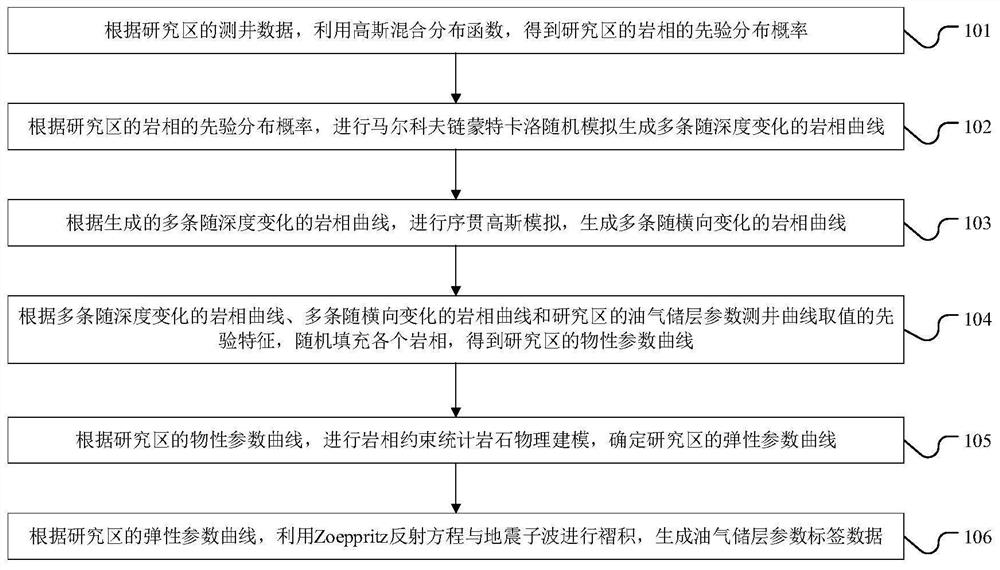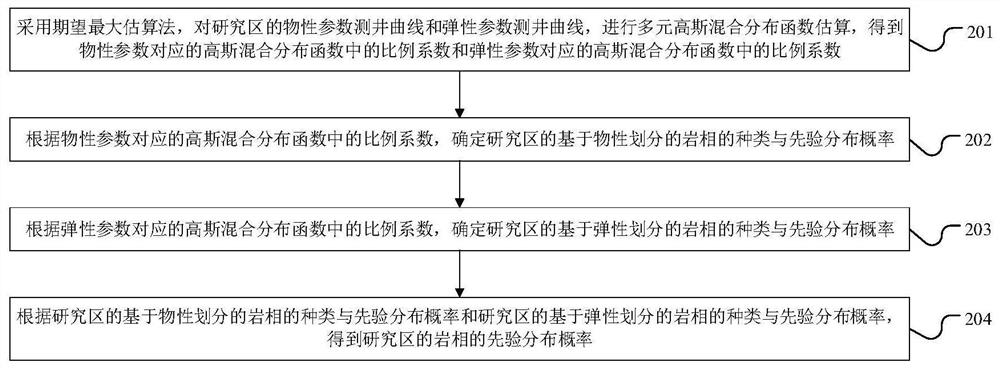Oil and gas reservoir parameter tag data generation method and device
A technology for oil and gas reservoirs and tag data, applied in the field of oil and gas geophysical exploration, can solve the problems of poor mobility of tag data, low efficiency of tag data generation, and inability to generate tag data of oil and gas reservoir parameters.
- Summary
- Abstract
- Description
- Claims
- Application Information
AI Technical Summary
Problems solved by technology
Method used
Image
Examples
Embodiment Construction
[0038] The following will clearly and completely describe the technical solutions in the embodiments of the present invention with reference to the accompanying drawings in the embodiments of the present invention. Obviously, the described embodiments are only some of the embodiments of the present invention, not all of them. Based on the embodiments of the present invention, all other embodiments obtained by persons of ordinary skill in the art without making creative efforts belong to the protection scope of the present invention.
[0039] The embodiment of the present invention provides a method for generating label data of oil and gas reservoir parameters, which is used to improve the transferability of generated label data and improve the generation efficiency of label data without relying on the quantity and quality of well logging in the research area, such as figure 1 As shown, the method includes:
[0040] Step 101: According to the logging data of the research area, ...
PUM
 Login to View More
Login to View More Abstract
Description
Claims
Application Information
 Login to View More
Login to View More - R&D
- Intellectual Property
- Life Sciences
- Materials
- Tech Scout
- Unparalleled Data Quality
- Higher Quality Content
- 60% Fewer Hallucinations
Browse by: Latest US Patents, China's latest patents, Technical Efficacy Thesaurus, Application Domain, Technology Topic, Popular Technical Reports.
© 2025 PatSnap. All rights reserved.Legal|Privacy policy|Modern Slavery Act Transparency Statement|Sitemap|About US| Contact US: help@patsnap.com



